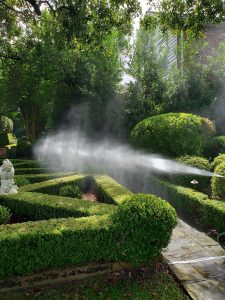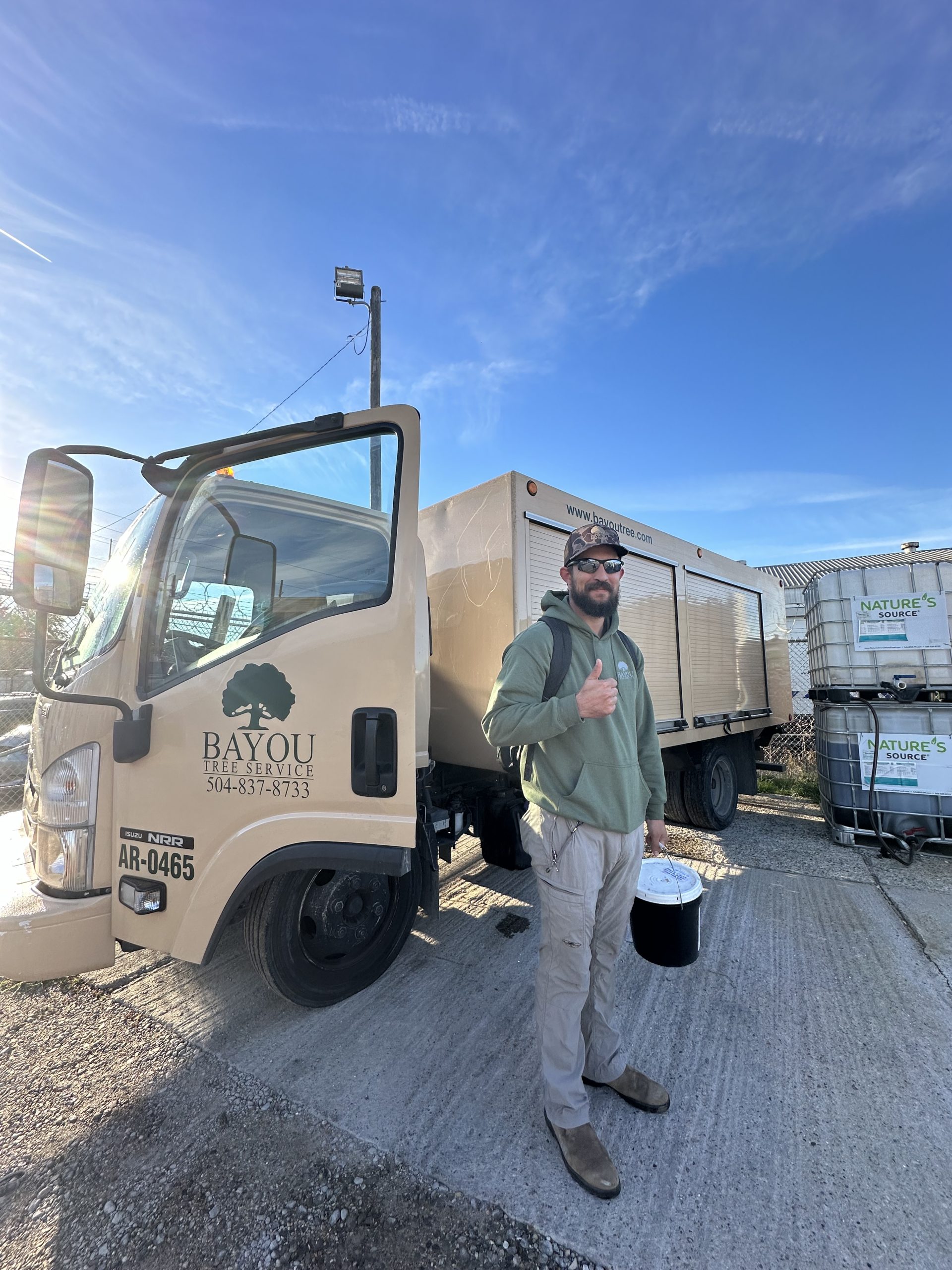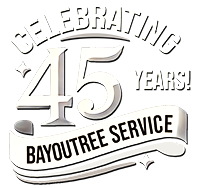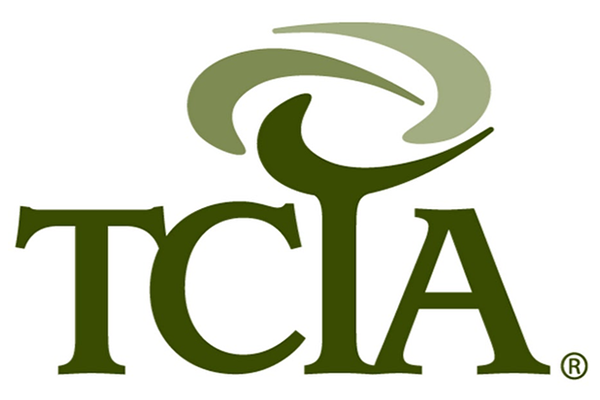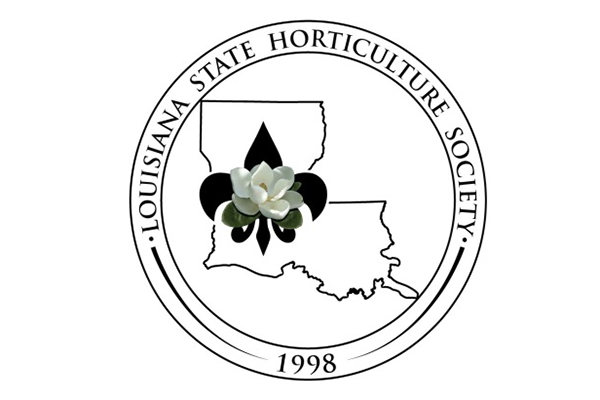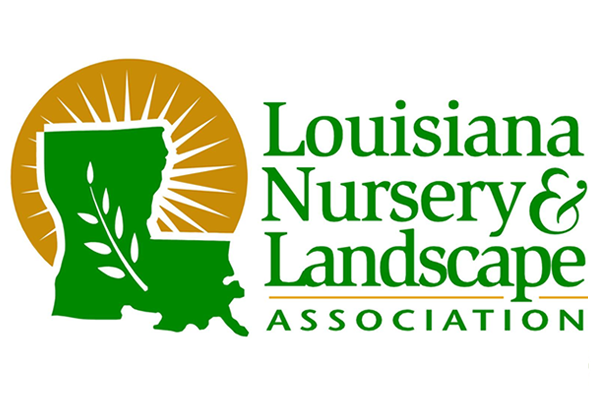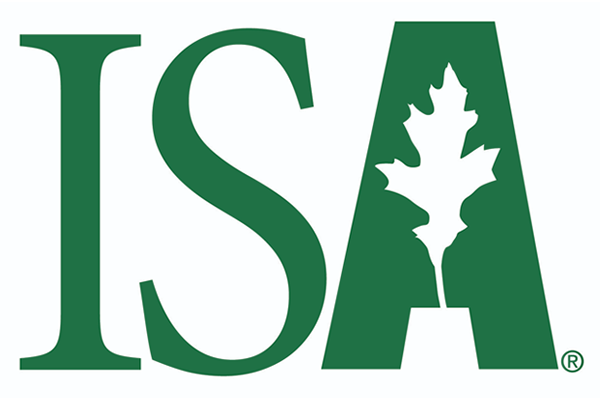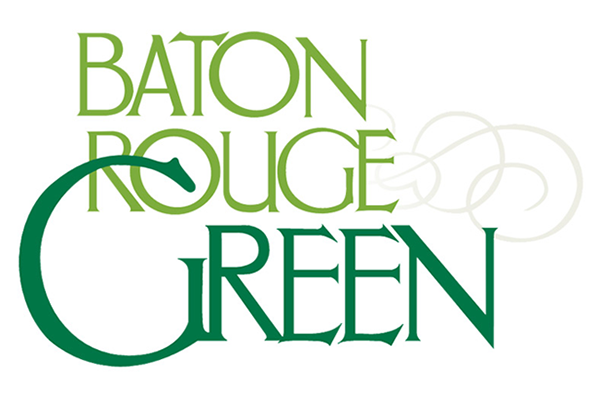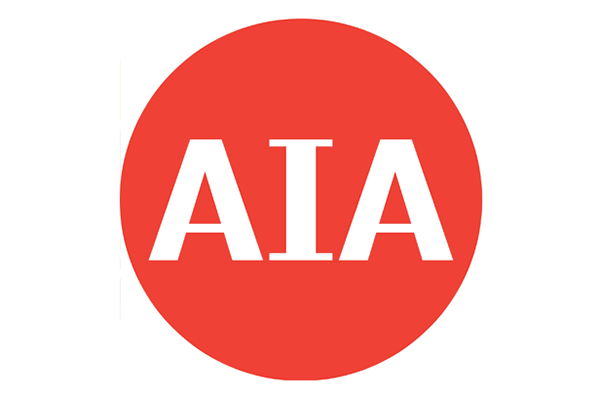Healthy trees don’t just happen—they’re the result of consistent, science based care delivered by certified arborists who understand Louisiana’s unique climate, soils, and pest pressures. For more than 45 years, Bayou Tree Service has helped property owners safeguard their landscape investments through our comprehensive Tree Healthcare Program. Below, you’ll learn why specialized healthcare goes far beyond basic trimming, which threats are most common in our region, and how a proactive plan can save money, preserve ecosystem benefits, and keep your trees beautiful for generations.
What Is Tree Healthcare?
General tree service focuses on one-off tasks—pruning a lowhanging limb, grinding a stump, or removing a dead oak. Tree healthcare, by contrast, is a preventive, year-round program that monitors each tree’s biology, soil conditions, and surrounding stressors so problems are corrected before they become costly or irreversible.
Key Differences at a Glance
- Scope – Ongoing inspections, diagnostics, and treatments rather than single visits
- Science – Soil analysis, tissue sampling, and pest identification guide every recommendation
- Goal – Longterm vitality, structural stability, and risk reduction, not just appearance
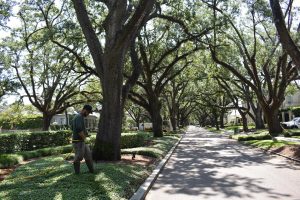
Why Tree Healthcare Matters in Louisiana
Sweltering summers, hurricane driven winds, and our heavy clay alluvial soils combine to create a harsh environment for urban trees. Add construction impacts, lawncare chemicals, and invasive pests such as Formosan termites, and even mature live oaks can decline quickly without targeted support. Bayou Tree Service’s arborists build region specific plans that:
- Combat aggressive pests like emerald ash borers, southern pine beetles, and crepe myrtle bark scale
- Correct pH and nutrient imbalances common in compacted, waterlogged soils
- Reduce storm risk through strategic growth regulation and cabling recommendations
- Support native wildlife by maintaining healthy canopy structure and food sources
Signs Your Trees May Be in Trouble
Early detection is the backbone of effective healthcare. During your consultation, our ISAcertified arborists look for:
Visible Red Flags
- Thinning foliage or sudden leaf drop
- Dead or brittle branches high in the canopy
- Fungal conks or oozing sap on trunks
- Wilting despite adequate irrigation
Subtle Stress Indicators
- Small, chlorotic (yellowing) leaves
- Slow annual shoot growth
- Soil cracking or standing water at the root zone
- Increased squirrel or woodpecker activity (often tied to insect infestations)
If you notice any of these symptoms between scheduled visits, call us right away—early intervention often prevents removal.
What’s Included in Our Tree Healthcare Program
Every property is different, so your plan is customized after a joint walkthrough with your dedicated arborist and our Tree Healthcare Manager, Matt Repp. Typical program elements include three seasonal visits per year:
1. Comprehensive Tree & Soil Inspection
- Visual canopy and trunk assessment
- Sonic tomography or resistograph testing for hidden decay (as needed)
- Soil sampling to measure pH, macronutrients, and organic matter
2. Targeted Fertilization & Soil Conditioning
Urban soils lack the natural leaflitter nutrients of a forest floor. We inject a slowrelease fertilization blend rich in nitrogen, phosphorus, potassium, and micronutrients, plus mycorrhizal fungi to enhance root uptake. For compacted clay, we incorporate biochar and humic acids to improve porosity.
3. Pest & Disease Management
Our licensed Commercial Pesticide Applicators deploy integrated pest management (IPM) protocols:
- Beneficial mite releases for spidermite suppression
- Trunkinjected antibiotics for bacterial leaf scorch
- Systemic insecticides timed to interrupt Formosan termite swarms
- Fungicidal drenches to halt oak wilt spread
4. Growth Regulation & Structural Support
Certain mature hardwoods benefit from carefully dosed plantgrowth regulators that reduce shoot elongation, channeling energy into root development and storm resilience. Where necessary, we recommend cabling, bracing, or propping installations to mitigate limb failure risk.
5. Seasonal Storm Preparation
Ahead of hurricane season, technicians thin highsail limbs, inspect anchoring systems, and evaluate lean angles. Poststorm, we prioritize damage triage, wound sealing, and restoration pruning to accelerate recovery.
6. Detailed Health Reports & Recommendations
After each visit you receive a digital report with canopy photos, soiltest data, and nextstep guidance—ideal for HOA records or commercial property audits.
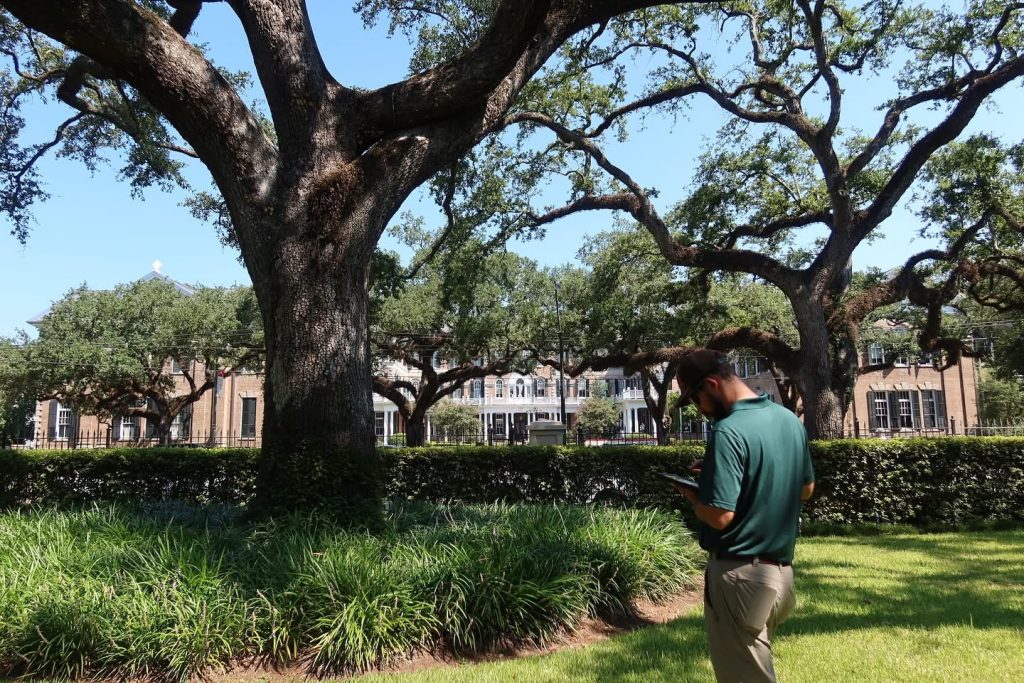
Benefits of Proactive Tree Care
| Reactive Approach | Proactive Tree Healthcare Program |
|---|---|
| Pay for emergency removals, property repairs, and potential liability after failure | Spread predictable, lower costs over the year while extending tree lifespan |
| Lose canopy shade that keeps cooling bills down | Maintain energy saving shade and stormwater capture |
| Reduced curb appeal and property value | Up to 15 % higher resale value for well landscaped properties |
| Habitat loss for birds and pollinators | Thriving microecosystem that supports biodiversity |
Return on Investment
Independent studies show every dollar spent on preventive tree care yields $3–5 in avoided damage and energy savings over a decade. For commercial sites, healthy canopy coverage can increase customer dwell time and brand perception, paying dividends far beyond the cost of service.
We Offer a Full Range of Tree Services
We pride ourselves on being the only tree service you need. Below you can read about some of the services that might benefit your canopy.
Integrated Cabling & Bracing for Long Term Stability
Hidden structural defects— co-dominant stems, overextended limbs, and past storm splits—can turn a healthy oak or pecan into a liability. Our arborists evaluate each tree’s architecture during the Tree Healthcare Program and recommend cabling or bracing only when needed to preserve safety without removal.
- Steel extra high strength cables redistribute wind load across weak unions.
- Threaded rods and brace bolts reinforce split trunks while allowing natural flex.
- Annual hardware inspections, tension adjustments, and corrosion checks are bundled into your ongoing health visits.
- Documentation satisfies insurance carriers and HOA requirements for professional tree care.
Crown Restoration: Rebuilding Canopy Health After Storms or Improper Cuts
Louisiana hurricanes and aggressive topping cuts leave trees with unbalanced, lion tailed canopies that invite decay. Crown restoration is a multi-season strategy that works hand in hand with fertilization and soil care already in your healthcare plan.
- Selective subordinate pruning encourages a single, dominant leader and distributes weight.
- Growth regulator treatments redirect energy to root repair and twig density.
- Scheduled followup every 12 months tracks callus formation and incremental canopy fill in.
- End result: a strong, symmetrical crown that maximizes shade and storm resilience.
Fertilization & Mulch Delivery: Feeding the Soil, Not Just the Tree
Urban soils in New Orleans and Baton Rouge are often compacted, alkaline, and stripped of organic matter. Deep root injection fertilization inside our Tree Healthcare Program restores essential NPK and micronutrients, while optional mulch delivery keeps that nutrition cycling.
- Biochar enhanced compost improves microbial activity and moisture retention.
- A 3-inch hardwood mulch ring cools feeder roots and suppresses weeds.
- Surface granular programs bridge the gap between lawn fertilization and tree needs.
- Rock or rubber mulch is never used—it traps heat and starves roots of oxygen.
Year Round Insect & Disease Control: The Pillar of Preventative Care
Formosan termites, oak wilt, and crepe myrtle bark scale top the list of regional threats identified by our ISA certified arborists. Bundling insect & disease control with your healthcare service means predictable protection and lower overall costs.
- Spring trunk injections block Formosan termite galleries before swarm season.
- Summer foliar sprays manage aphids and scale while protecting pollinators with selective products.
- Fall systemic fungicides shield live oaks from oak wilt spores transported by nitidulid beetles.
- Extended treatment warranties cover reapplications at no extra charge if re-infestation occurs.
Lightning Protection & Storm Damage Repair: Safeguarding Your Urban Canopy
A single lightning strike can heat tree sap to 60,000 °F, splitting trunks and igniting nearby roofs. Our copper cable lightning protection systems channel energy safely into dedicated ground rods, preserving both tree and structure.
- Custom sized conductors ascend the trunk and branch leaders with noninvasive fasteners.
- Grounding electrodes exceed National Fire Protection Association (NFPA) standards.
- Annual continuity testing ensures the system remains storm ready.
- If wind or lightning still damages your tree, our storm damage crews handle emergency pruning, debris removal, and insurance ready documentation—health program clients receive priority response.
Why Choose Bayou Tree Service?
- 45+ Years of Local Expertise – Serving the Gulf South since 1979
- Certified Team – 15 ISA-Certified Arborists, TCIA accreditation, and licensed pesticide applicators ensure best practice care
- PreservationFirst Philosophy – Removal is always a last resort; our mission is to keep Louisiana’s urban canopy intact
- State of theArt Diagnostics – From drone canopy scans to precision soil probes, we invest in the latest technology to spot issues early
- Transparent Communication – Clear estimates, digital health reports, and direct arborist access mean no surprises
Did you know? A mature live oak can intercept up to 15,000 gallons of stormwater per year—enough to fill a standard swimming pool. Keeping that oak healthy protects not just your yard but the entire watershed.
Schedule a Tree Inspection Today
Ready to give your trees the expert attention they deserve? Our certified arborists are standing by to design a custom healthcare program for your landscape.
